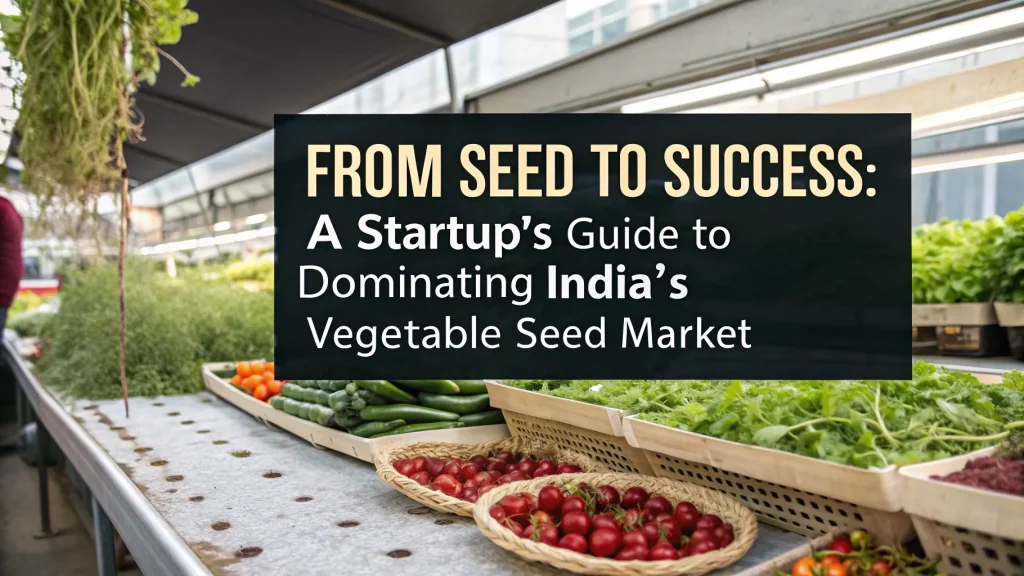As the global demand for sustainable energy continues to rise, Compressed Bio Gas Bio CNG plant technology has emerged as a revolutionary, eco-friendly alternative to fossil fuels. Not only does it help mitigate greenhouse gas emissions, but it also offers a profitable avenue for businesses, farmers, and investors. In a world where environmental degradation and energy insecurity threaten future generations, compressed bio gas (CBG), also known as bio-CNG, presents an efficient, renewable, and cost-effective solution.
Derived from agricultural waste, cow dung, food scraps, and other organic materials, CBG is a purified and compressed form of biogas that mimics natural gas in composition and efficiency. It is used in transportation, cooking, power generation, and industrial applications. Establishing a Compressed Bio Gas Bio CNG plant not only helps reduce carbon footprints but also generates employment, supports rural economies, and promotes sustainable development.
What is a Compressed Bio Gas Bio CNG Plant?
A Compressed Bio Gas Bio CNG plant is a facility where organic waste is processed and fermented in anaerobic digesters to produce raw biogas. This gas is then purified to remove CO?, hydrogen sulfide, and moisture, leaving behind methane-rich fuel—Compressed Bio Gas. Once compressed, it can be bottled, stored, and distributed just like traditional CNG.
India, under the Sustainable Alternative Towards Affordable Transportation (SATAT) initiative, has identified CBG as a key component in achieving energy independence. The government targets 5,000 CBG plants by 2025, and the sector is attracting significant interest from MSMEs and green energy entrepreneurs.
Click here to send your queries/Contact Us
Raw Materials Used in Bio CNG Production
A variety of biodegradable materials are used to feed the anaerobic digesters, including:
-
Cow dung and poultry waste
-
Agricultural residues like paddy straw, wheat husk, and sugarcane press mud
-
Food waste from hotels, households, and food processing units
-
Municipal solid waste and sewage sludge
-
Distillery spent wash and fruit peels
Setting up a Compressed Bio Gas Bio CNG plant close to these waste sources ensures low input costs and efficient operations.
Visit this Page for More Information: Start a Business in Industrial Gases Industry
Working Process of a Bio CNG Plant
-
Feedstock Collection & Pre-treatment – Organic waste is gathered, sorted, and sometimes shredded for uniformity.
-
Anaerobic Digestion – The feedstock is fed into digester tanks where bacteria break it down without oxygen to produce raw biogas.
-
Biogas Purification – Impurities like CO? and H?S are removed through chemical or membrane purification systems.
-
Compression & Bottling – Purified gas is compressed to 250 bar and stored in cylinders for transport or distribution.
-
By-product Management – The remaining slurry is a rich organic fertilizer used in agriculture.
Download Pdf: The Fuel of the Future Compressed Bio Gas CBG Bio CNG plant Save Money
Cost, Setup & ROI
Setting up a Compressed Bio Gas Bio CNG plant involves the following investment:
-
Small-scale (2–5 tons/day): ?1 – ?3 crore
-
Medium-scale (10–30 tons/day): ?5 – ?10 crore
-
Large-scale (50+ tons/day): ?12 crore and above
Related Business Plan: BIOGAS PRODUCTION
Revenue Streams:
-
Sale of CBG to OMCs (Oil Marketing Companies) at ?46 – ?56/kg
-
Fertilizer sale (organic slurry)
-
Carbon credits and green energy subsidies
-
Gate fees for waste collection
The average payback period is 4–6 years, with profitability improving based on location, feedstock cost, and operational efficiency.
Read Similar Articles: INDUSTRIAL GASES PROJECTS
Licenses and Government Support
To operate a Compressed Bio Gas Bio CNG plant, the following approvals are required:
-
PESO License (for gas bottling and compression)
-
Pollution Control Board Clearance
-
FSSAI license (for bio-manure)
-
MSME registration & factory license
-
SATAT MoU with OMCs (IOC, BPCL, HPCL)
The Government of India provides capital subsidies through:
-
MNRE (Ministry of New and Renewable Energy)
-
State Bioenergy Policies
-
NABARD support for rural energy projects
Environmental and Economic Benefits
The benefits of a Compressed Bio Gas Bio CNG plant are both environmental and economic:
-
Reduces methane emissions from untreated organic waste
-
Cuts dependency on imported LNG and diesel
-
Generates rural employment and supports the circular economy
-
Improves soil health via organic fertilizer by-products
-
Saves cost for fleet owners using CBG instead of diesel (approx. ?20–?25 cheaper per kg)
According to NITI Aayog, India generates over 300 million tons of organic waste annually—enough to support thousands of CBG units.
Use Cases and Market Opportunities
-
Transportation Fuel – Used in buses, auto-rickshaws, and trucks
-
Cooking Fuel – Cleaner alternative for households and commercial kitchens
-
Industrial Energy – Boilers, dryers, and furnaces can run on CBG
-
Power Generation – Fuel for gas turbines and CHP (Combined Heat & Power) units
-
Agriculture – Organic slurry boosts crop yield and soil health
CBG plants also create synergy with dairy farms, food processors, municipalities, and distilleries, making them attractive for integrated projects.
Challenges and Mitigation
-
High initial investment – Can be mitigate via bank loans, PPP models, and government subsidies
-
Technology complexity – Partnering with established plant developers ensures smooth setup
-
Feedstock availability – Long-term tie-ups with local farmers and municipalities are essential
-
Market linkage – MoUs with OMCs ensure offtake of produced gas
Conclusion
A Compressed Bio Gas Bio CNG plant is more than just a clean fuel initiative—it’s a sustainable, future-ready business model that combines environmental responsibility with financial profitability. Entrepreneurs, MSMEs, and even large enterprises have the opportunity to lead India’s green energy revolution while reducing waste, empowering rural economies, and creating reliable income streams.
Related Feasibility Study Reports: Compressed Biogas
Click here to send your queries/Contact Us
Read our Books Here: Handbook on Biogas and Its Applications
See More Links:
- Start a Business in Asia
- Start a Business in Potential Countries for Doing Business
- Best Industry for Doing Business
- Business Ideas with Low, Medium & High Investment
- Looking for Most Demandable Business Ideas for Startups
- Startup Consulting Services
- Start a Business in Africa
- Start a Business in India
- Start a Business in Middle East
- Related Videos
- Related Books
- Related Projects
- Related Market Research Reports





